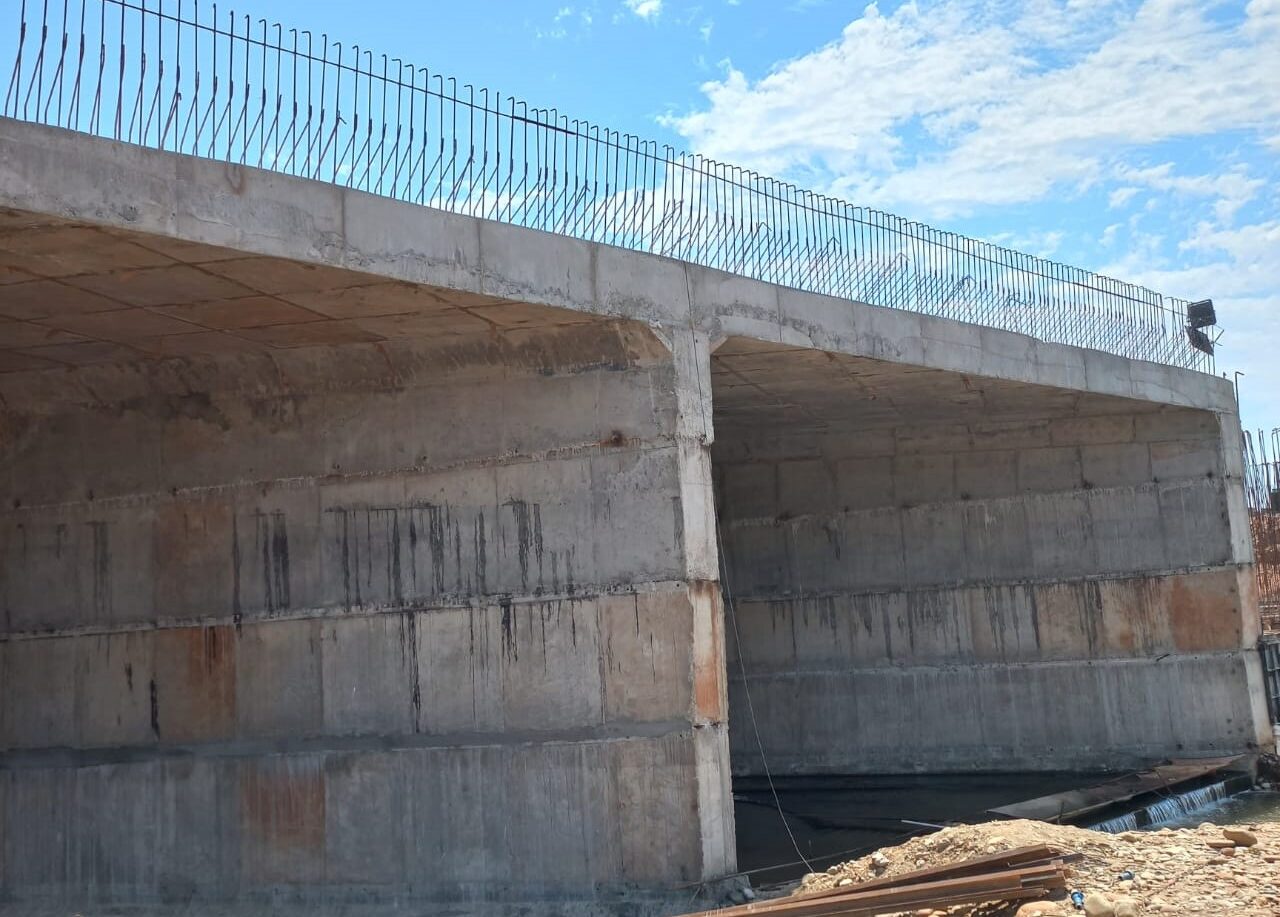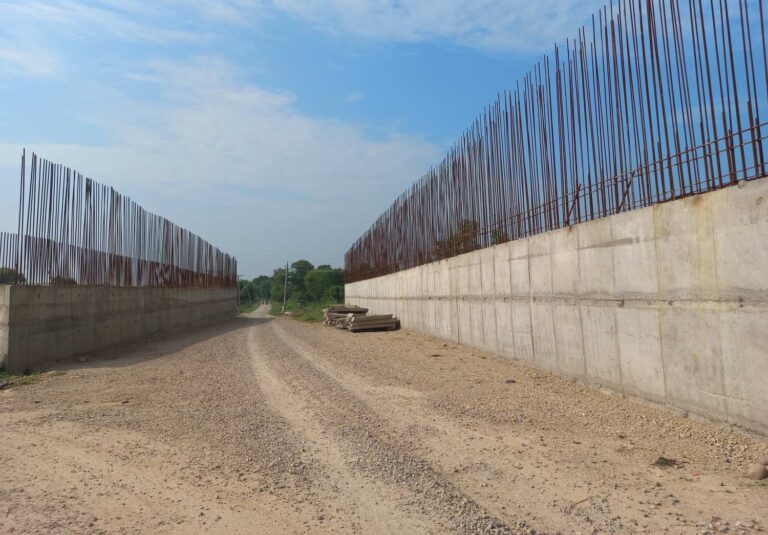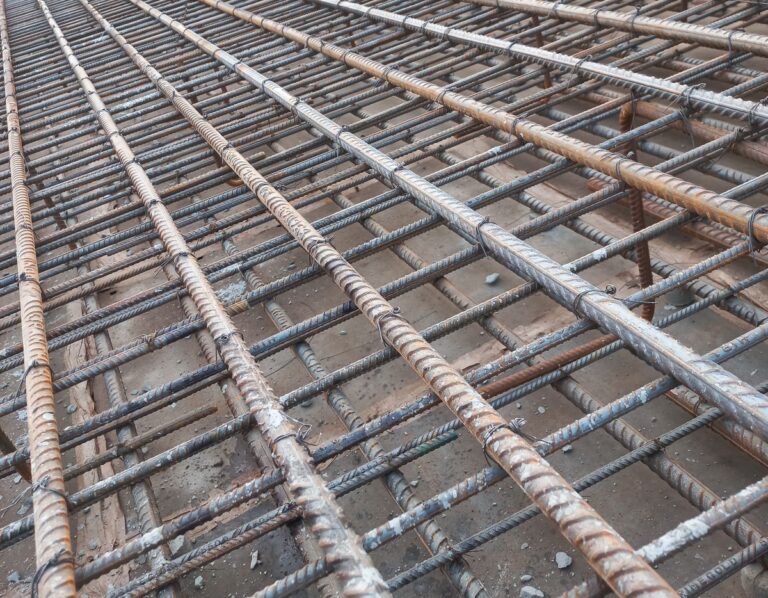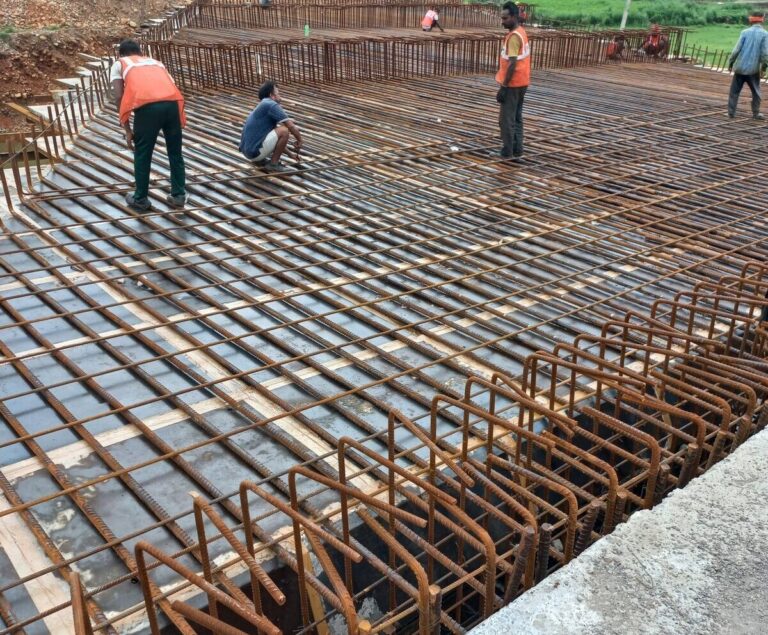A minor bridge is defined as a bridge with a span of more than 6 meters and less than 60 meters. In other words, a minor bridge can be described as a combination of a box culvert structure. These bridges are typically constructed in areas with high pressure and high flood risks, where water flow is extremely rapid during the rainy season, posing a threat to the road structure. In this article, we will discuss the benefits and uses of minor bridges in highway construction.
Benefits of Minor Bridges in Construction
Minor bridges, with spans between 6 and 60 meters, offer several advantages in construction. They are cost-effective and quicker to build, minimizing traffic disruptions. Designed to withstand high water flow, they enhance road safety during floods. Their versatility allows them to be used in various terrains and settings, both rural and urban. Minor bridges are durable, requiring less maintenance over time. They also have a smaller environmental footprint and aid in effective flood management by ensuring smooth water flow. Overall, minor bridges improve connectivity and provide a reliable, efficient infrastructure solution.
Drawbacks of Minor Bridges in Construction
Despite their benefits, minor bridges also have drawbacks. Their limited span (6 to 60 meters) restricts their use to specific situations and may not be suitable for larger water bodies or wider valleys. They can be vulnerable to debris buildup during floods, which may lead to blockages and increased maintenance. Additionally, the simpler design of minor bridges might not be aesthetically pleasing or compatible with certain architectural styles. In high-pressure flood zones, if not properly designed and constructed, minor bridges may face structural integrity issues. Overall, while minor bridges are practical, they come with limitations that need careful consideration during planning and construction.
Construction Process of a Minor Bridge
The construction process of a minor bridge involves several key steps. First, a site survey is conducted to assess soil conditions and water flow, followed by site clearing. Detailed design plans are created, and necessary permits are obtained. The foundation is then constructed by excavating, placing reinforcing steel, and pouring concrete. Next, the substructure, including piers and abutments, is built using formwork and concrete. The superstructure is constructed by installing beams or girders and placing deck panels or casting concrete. The deck is finished with waterproofing and a roadway surface. Final touches include installing guardrails, signage, and lighting, and conducting safety inspections. The bridge is then opened to traffic after clearing the site and removing temporary structures.
why do we construct minor bridge
Minor bridges are constructed to provide safe and efficient transportation over obstacles such as small rivers, streams, or valleys where spans range from 6 to 60 meters. They are essential in high flood-risk areas, ensuring uninterrupted traffic flow during heavy rains by withstanding rapid water currents. Minor bridges are cost-effective and quicker to build, making them ideal for rural and urban settings. They improve connectivity, reduce travel distances, and enhance road safety. Additionally, their construction helps in effective flood management, preventing water from damaging road infrastructure and ensuring reliable access for communities.
Conclusion
In conclusion, minor bridges play a crucial role in highway construction by providing cost-effective, durable, and safe solutions for crossing small to medium-sized obstacles. Their ability to withstand high water flow and flood conditions ensures road safety and reliability during adverse weather. With their quick construction time and versatility, minor bridges are essential for improving connectivity and accessibility in various terrains and settings. Despite some limitations, their benefits make them a vital component of infrastructure development, enhancing overall transportation efficiency and resilience. Investing in minor bridges supports sustainable and resilient infrastructure for future growth.
What is the size of a minor bridge?
A minor bridge typically spans between 6 to 60 meters in length.
What is the definition of a major bridge?
A major bridge is defined as a structure with a span greater than 60 meters.
What is the difference between a major bridge and a minor bridge?
The main difference lies in their span lengths; major bridges exceed 60 meters, while minor bridges range from 6 to 60 meters.
What is a small bridge called?
A small bridge is often referred to as a culvert.








